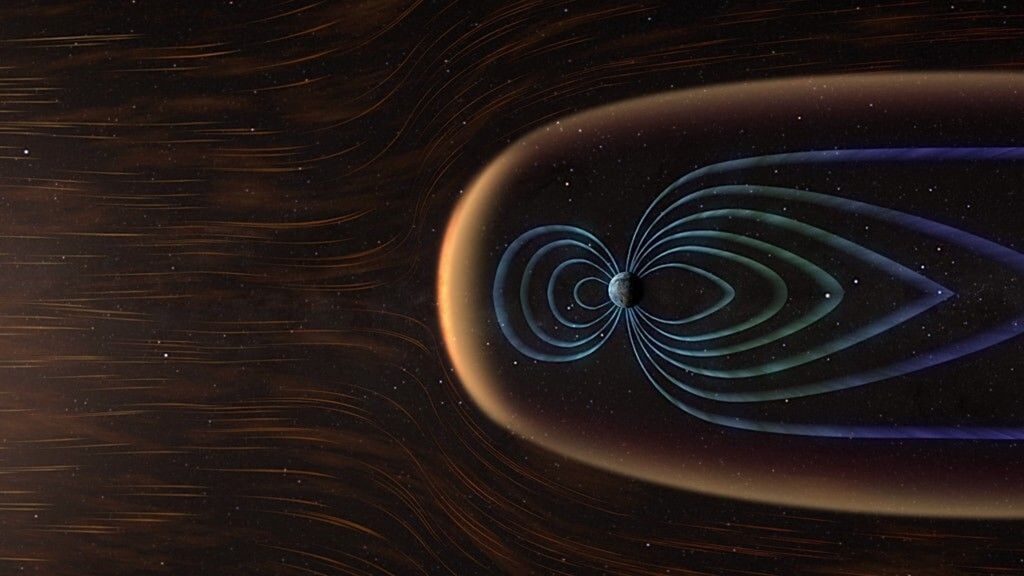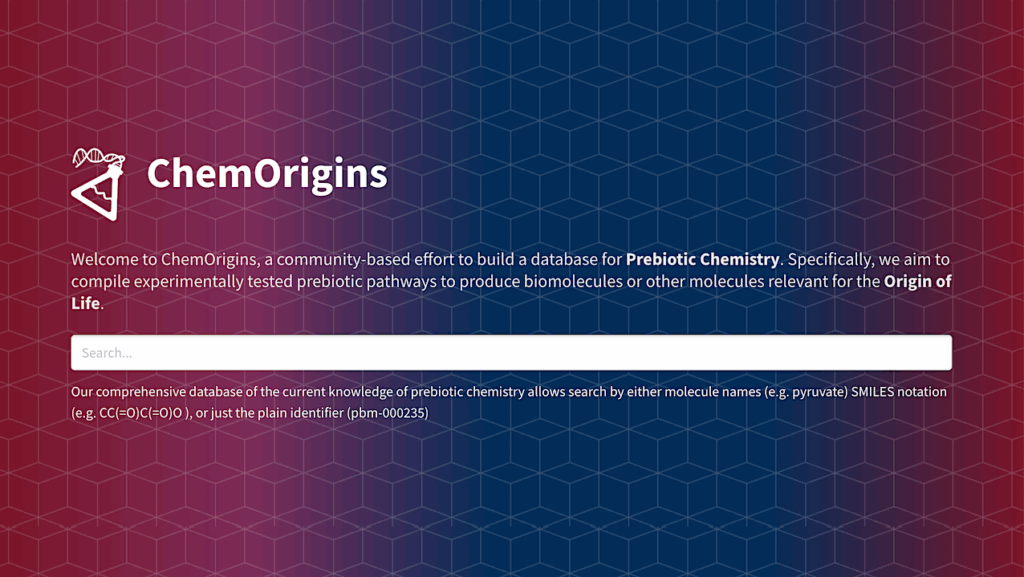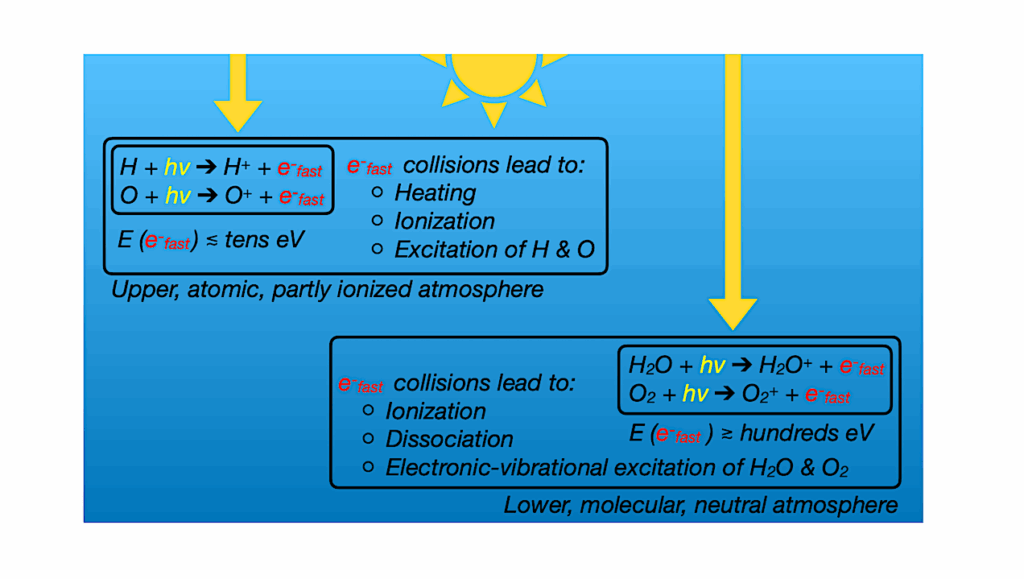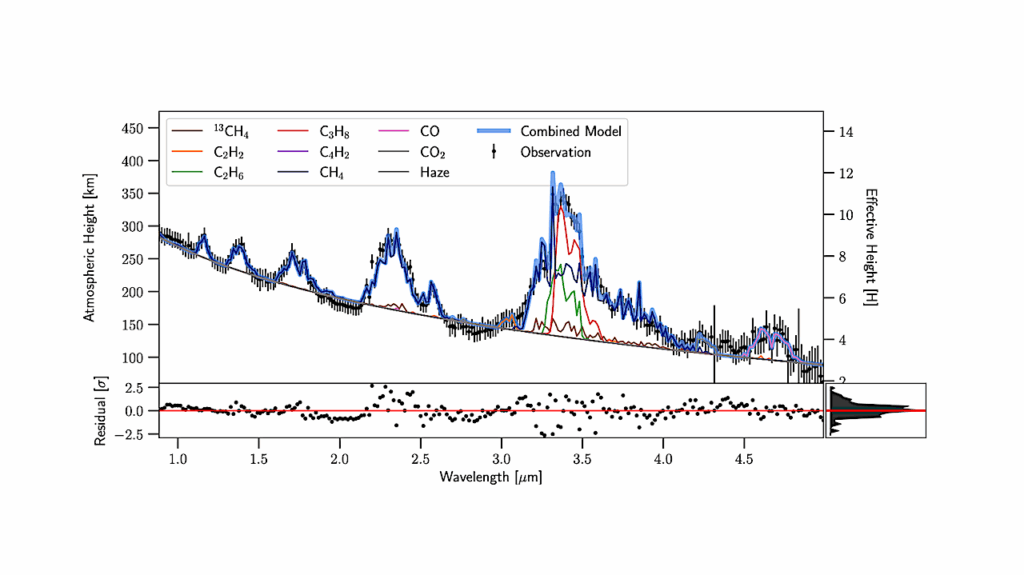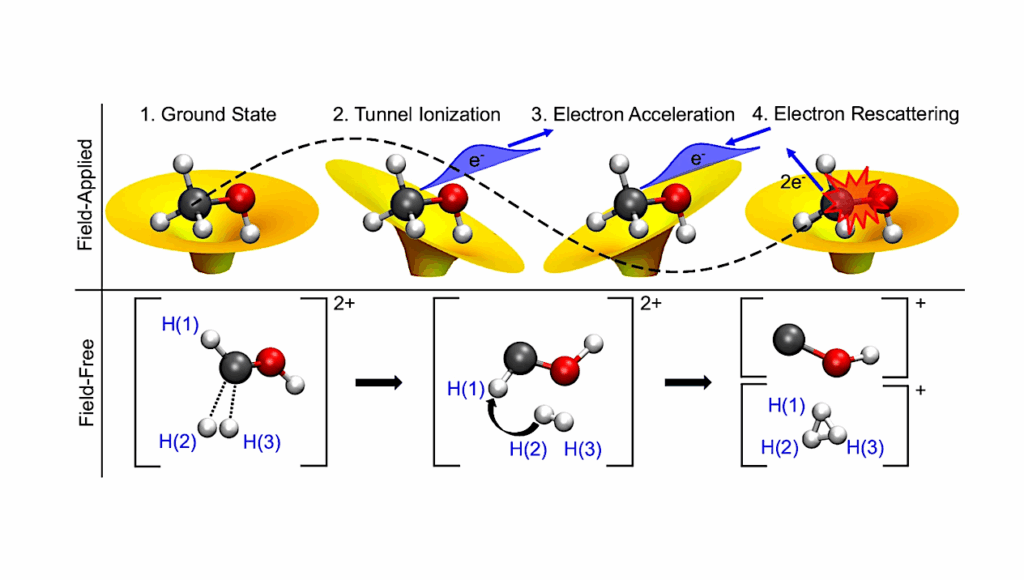CASBI – Chemical Abundance Simulation-Based Inference for Galactic Archeology
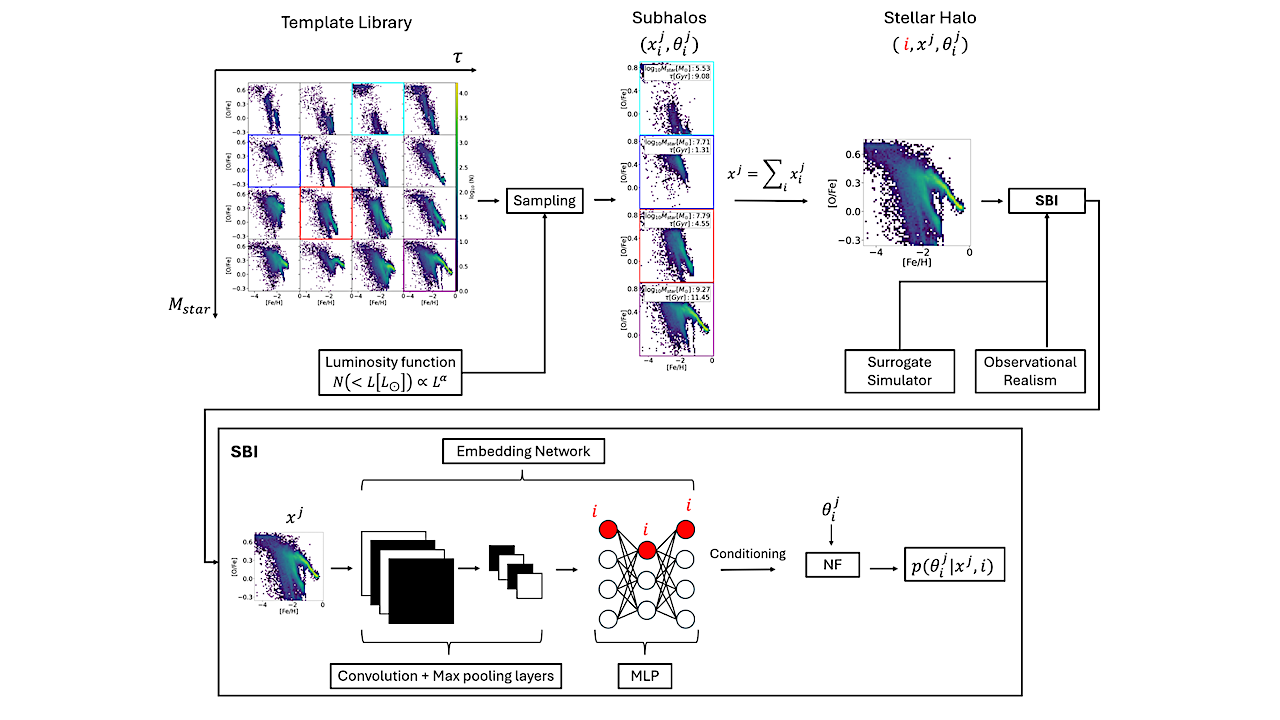
Galaxies evolve hierarchically through merging with lower-mass systems and the remnants of destroyed galaxies are a key indicator of the past assembly history of our Galaxy. However, accurately measuring the properties of the accreted galaxies and hence unraveling the Milky Way’s (MW) formation history is a challenging task.
Here we introduce CASBI (Chemical Abundance Simulation Based Inference), a novel inference pipeline for Galactic Archeology based on Simulation-based Inference methods. CASBI leverages on the fact that there is a well defined mass-metallicity relation for galaxies and performs inference of key galaxy properties based on multi-dimensional chemical abundances of stars in the stellar halo.
Hence, we recast the problem of unraveling the merger history of the MW into a SBI problem to recover the properties of the building blocks (e.g. total stellar mass and infall time) using the multi-dimensional chemical abundances of stars in the stellar halo as observable. With CASBI we are able to recover the full posterior probability of properties of building blocks of Milky Way like galaxies.
We highlight CASBI’s potential by inferring posteriors for the stellar masses of completely phase mixed dwarf galaxies solely from the 2d-distributions of stellar abundance in the iron vs. oxygen plane and find accurate and precise inference results.
Giuseppe Viterbo, Tobias Buck
Subjects: Astrophysics of Galaxies (astro-ph.GA)
Cite as: arXiv:2411.17269 [astro-ph.GA] (or arXiv:2411.17269v1 [astro-ph.GA] for this version)
https://doi.org/10.48550/arXiv.2411.17269
Focus to learn more
Submission history
From: Giuseppe Viterbo
[v1] Tue, 26 Nov 2024 09:45:40 UTC (3,030 KB)
https://arxiv.org/abs/2411.17269
Astrobiology,


